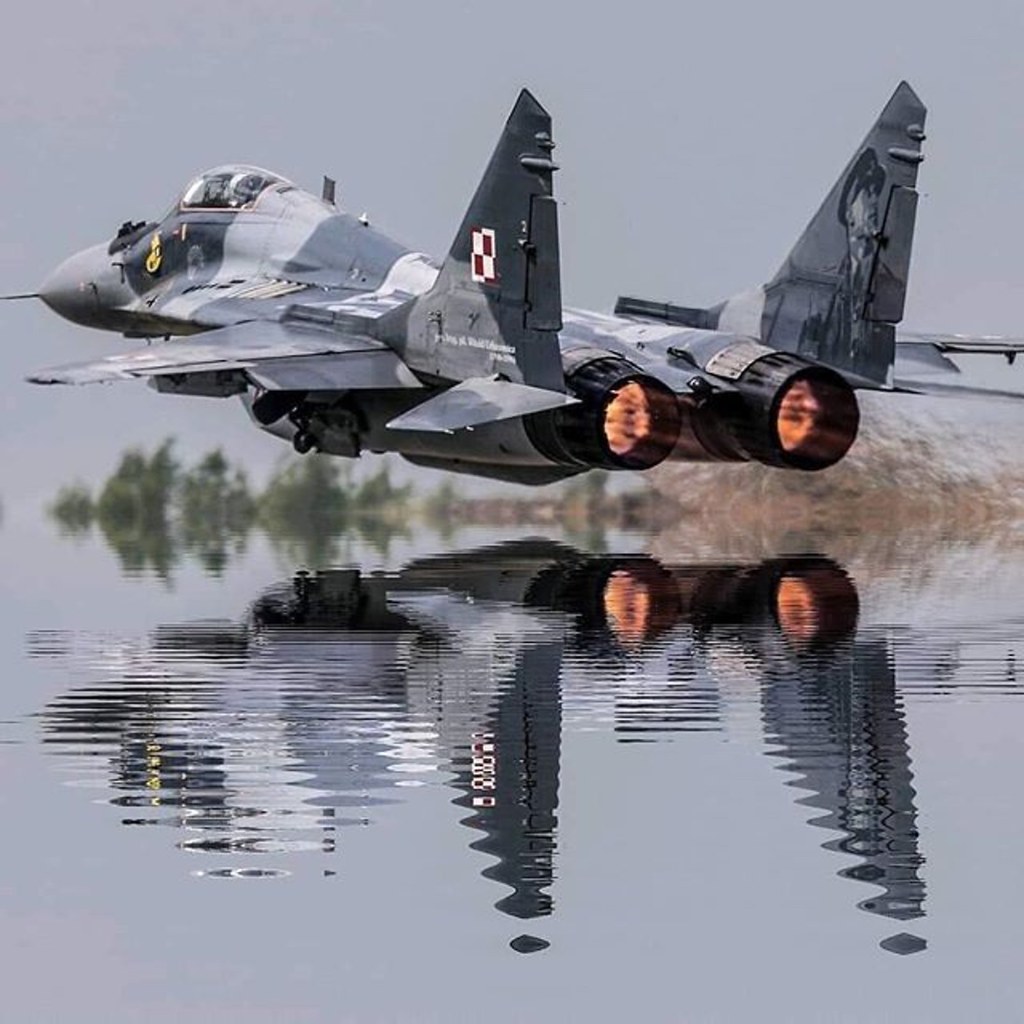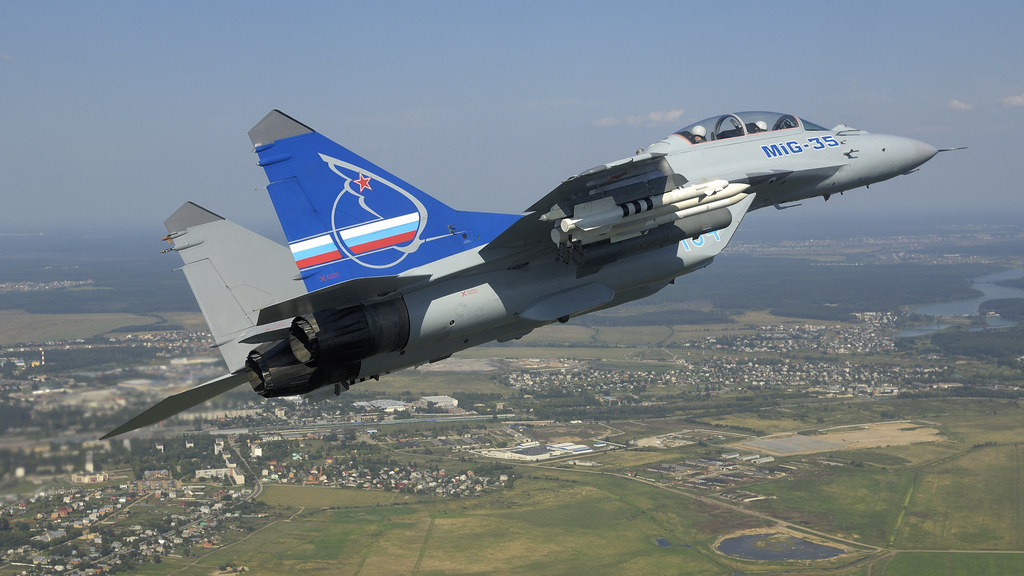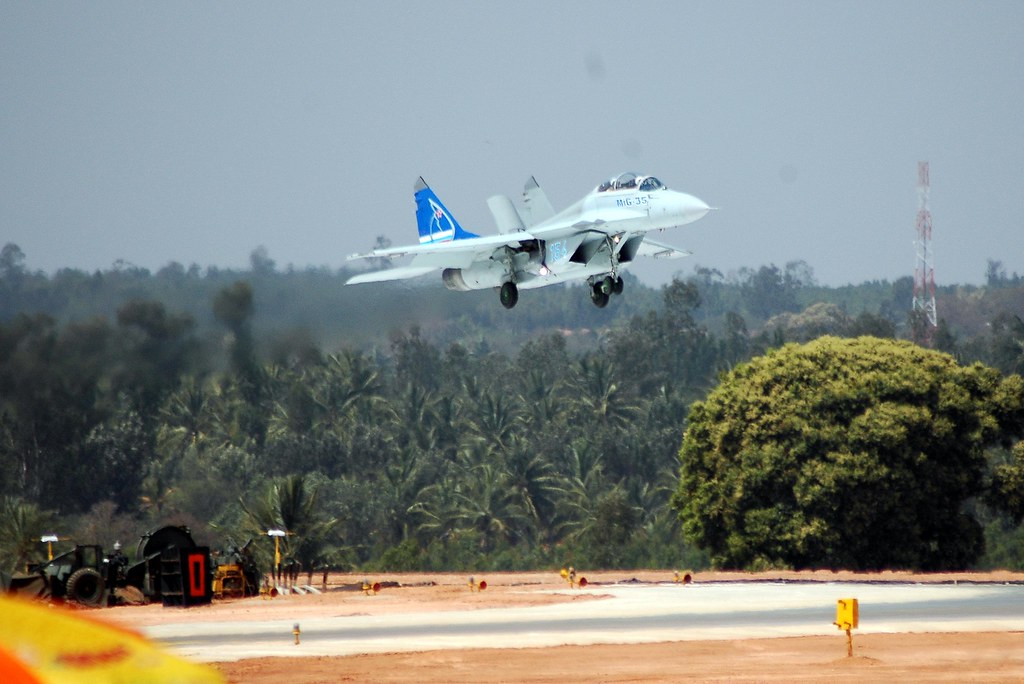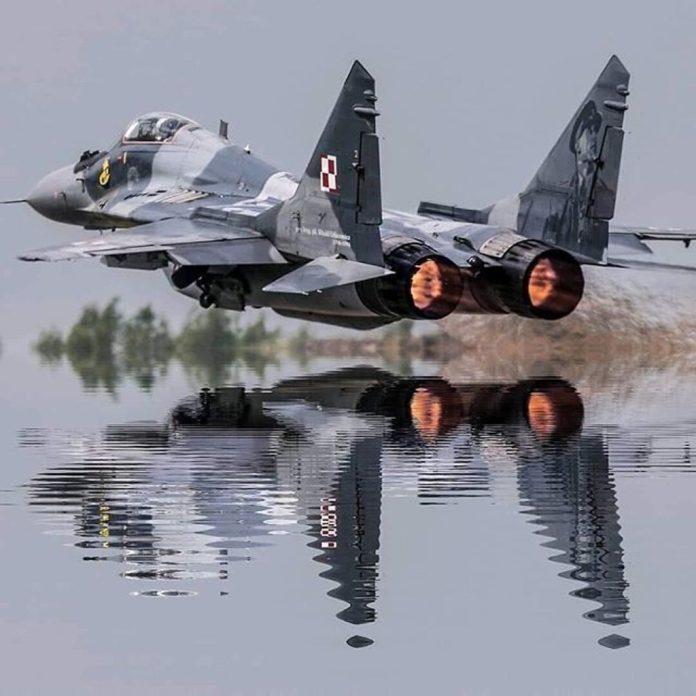
The Russian MiG-35, once touted as a cutting-edge 4++ generation fighter, has faced a tumultuous journey since its introduction. Debuting with high expectations, the MiG-35 was designed as an advanced evolution of its predecessors, the MiG-29 and MiG-29M.

Enhanced avionics, a new fly-by-wire system, and improved combat efficiency were among its promised features, giving rise to hopes that it would dominate the skies and captivate the international market.

Yet the reality has been starkly different. Production numbers have been cut from an initial 37 aircraft to a mere six, reflecting the broader challenges within Russia’s defense industry. The international community, including countries like Egypt and India, has largely turned away, opting for alternative fighters amid concerns about the MiG-35’s radar and engine performance.

Mikoyan’s MiG-35 was unveiled to the Russian government on January 26, 2017, followed by a showcase for prospective export customers. The jet boasted advanced technology, including an OLS-k electro-optical targeting and surveillance system, and was the first Russian fighter equipped with AESA radar.

With enhancements in situational awareness and multirole capabilities, the MiG-35 was meant to serve as an air superiority fighter and precision ground strike craft, adaptable to various combat scenarios.

Despite these advancements, the MiG-35’s international appeal has been lackluster. Egypt chose the MiG-29M over the MiG-35, and the jet failed to impress in the Indian MRCA bid.

The Russian Defense Ministry’s order reduction to six units signifies the nation’s constrained resources, a situation exacerbated by the ongoing conflict in Ukraine.

The Russian military’s intervention in Ukraine has been anything but a showcase of its might. Bogged down in a war of attrition with their “weaker” neighbor, Russian forces have failed to make substantial gains, challenging the reputation of Russian military hardware.

Amidst this conflict, the MiG-35 is conspicuously absent from the battlefield, raising questions about its operational viability and production struggles.

In spite of this, Russia’s aerospace design continues to hold a degree of respect. The existence of the MiG-35, albeit in limited numbers, still speaks to the capabilities of Russian designers. However, the inability to produce and supply these aircraft to Russian forces highlights a disconnect between design and execution.

As Russia focuses its resources on the Ukraine conflict, production of the MiG-35 for export seems unlikely. The MiG-35 boasts some fifth-generation technologies and offers reduced maintenance requirements, potentially appealing features for potential clients.

The MiG-35 is a multirole aircraft capable of carrying a diverse arsenal, including anti-ship and anti-radar missiles, guided bombs, and a 30mm cannon.

Despite this, it has not seen combat, nor has it found international success. Its export potential remains in question, with no significant orders despite Russia’s attempts to offer it to countries like India.

As it stands, the MiG-35 remains an enigmatic presence in the world of military aviation. Its technological advancements have not translated into operational success or international sales.

With Russia’s current focus on the Ukrainian conflict and a constrained budget, the MiG-35’s future hangs in the balance, making it a symbol of unfulfilled potential in the world of modern fighter jets.
Relevant articles:
– Russia’s MiG-35 Fighter Never Had a Chance, The National Interest
– Russia’s MiG-35 Fighter Looks Destined for Total Failure, nationalinterest.org
– Russia’s MiG-35 Nightmare Just Won’t Seem to End, The National Interest

